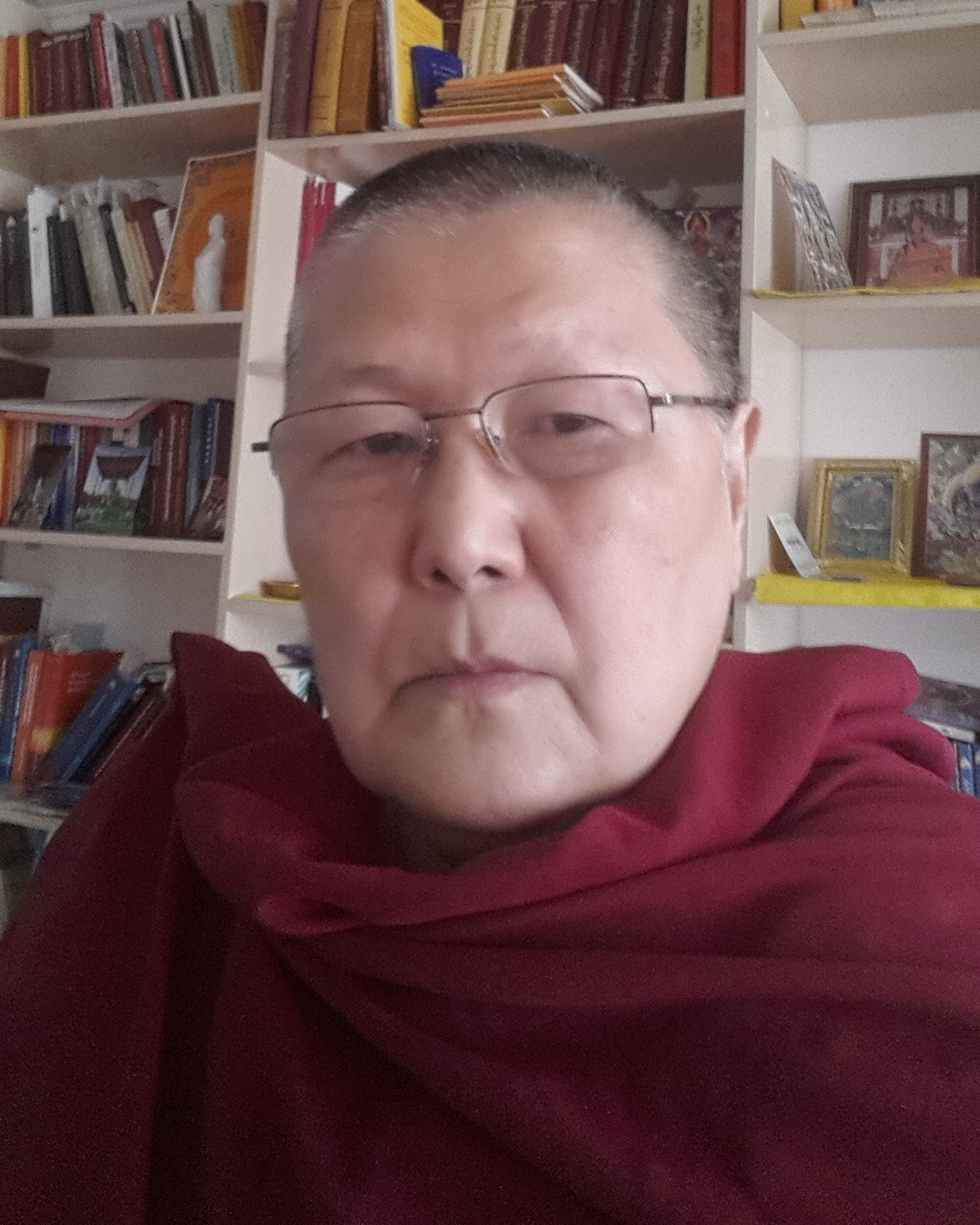Buddhist hermeneutics arose in the processes of composing the Word of the Buddha, translating and interpreting canonical Buddhist texts, doctrines and practices. In Tibet, translators and commentators emphasized continuity with the Indian Nalanda tradition and adopted its principles of “four authorities”, “four reliances” and “four factors”. In China, the leading principle was the adaptation of Buddhism to the traditional Chinese worldview, mentality and culture. The article substantiates a new idea that differences in hermeneutic strategy have caused divergent ways of “constructing” two different Mahāyāna worlds outside India. The Buddhist world of China is the result of sinicization of Buddhism and, as such, it is a phenomenon of Chinese civilization, while the Buddhist world of the Tibetans and Mongolian peoples was inherently connected with the “mother” Buddhism. The Chinese interpretation of the central Buddhist doctrine of emptiness was influenced by Taoism and served as the ideological basis of the Chan school with its characteristic “instantaneous” path practices. It differs from the understanding of the “Mūlamadhyamakakārikā” (MMK) of Nagarjuna, which is found in the Indo-Tibetan commentary tradition. The notion of some Sinologists that Chinese Buddhism is a “further development” of Buddhism is not correct.
Keywords: Buddhist hermeneutics, madhyamaka, sinicization of Buddhism, Tibet, emptiness, two truths
DOI: 10.22250/20728662_2022_1_25
About the author
 |
Irina S. Urbanaeva – DSc (Philosophy), Chief research fellow at the Department of Philosophy, Culture, and Religion Studies, |






